Happy 2018, readers!
This year we aim to bring you even more engaging stories about global progress on sustainable energy.
Thank you for all your support and interest in our work through 2017. Here’s a recap of the biggest milestones of the past 12 months.
January: Need solar data? There’s an app for that
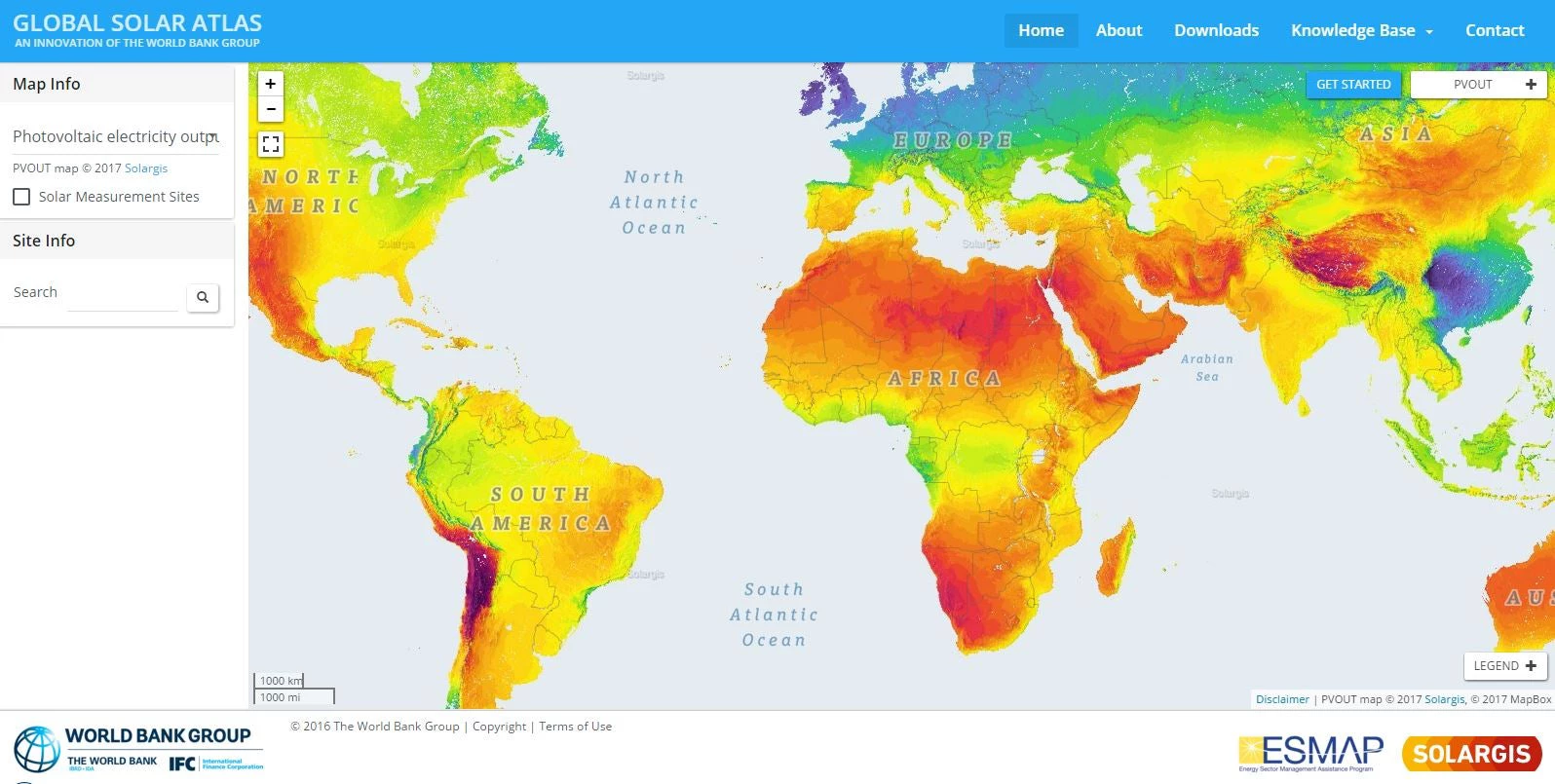
On Jan. 17, 2017 the World Bank unveiled the Global Solar Atlas, a free, web-based tool to help investors and policymakers identify potential sites for solar power generation virtually anywhere in the world, at the click of a button . The Atlas has the capacity to zoom into areas in great detail and provides access to high resolution global and regional maps and geographic information system (GIS) data, which could help countries save millions of dollars on their own research and provide investors and solar developers with an easily accessible and uniform platform to compare resource potential between sites.
February: A one-of-a-kind global scorecard
A new World Bank report and global scorecard -- Regulatory Indicators for Sustainable Energy (RISE) -- found that an increasing number of developing countries are emerging as leaders in sustainable energy, with robust policies to support energy access, renewables and energy efficiency, but there is huge room for improvement across every region in the world. Nothing to this scale has been done before in this sector. RISE covers 111 countries, which account for over 90 percent of global population and energy consumption. RISE helps assess government support for sustainable energy investments, which are critical to achieve sustainable energy goals by 2030 .
March: Argentina’s clean energy ambitions
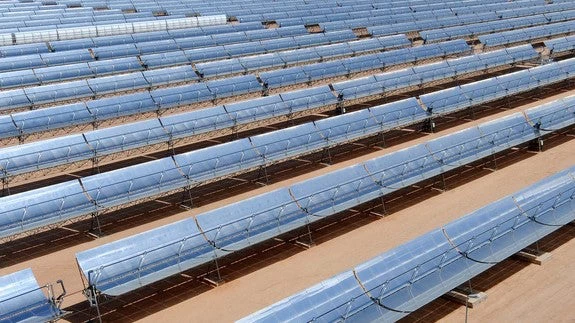
Argentina aims to have 20 percent of its energy originate from clean energy sources by 2025 . Developing more renewable energy sources is crucial for Argentina to diversify its energy mix and contribute to climate change mitigation. The World Bank is helping the country reach that objective, in part through a $480 million guarantee to promote private sector investment in the sector.
April: Progress check on global sustainable energy goals
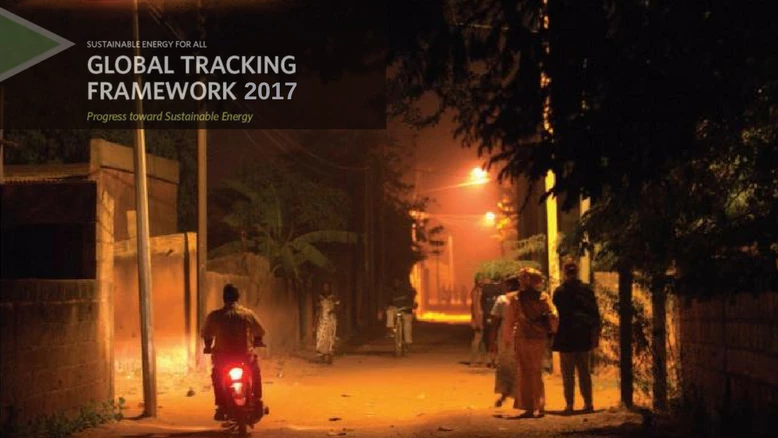
We are only 12 years from the deadline to reach global sustainable energy goals. So how are we doing? The latest edition of the Global Tracking Framework found that in every area of sustainable energy, a number of countries are outperforming the world, despite slower than required progress overall to achieve global energy access, renewable energy and energy efficiency goals. But the pace of progress still falls short of what is needed to meet global objectives by 2030.
May: Energy stories from Bangladesh, Bolivia and Kenya
A remote island where the local market is powered by a solar mini-grid, remote mountain communities in Bolivia that are turning to the sun to light up their homes and a community of women who are taking to cleaner cooking at home and turning it into an entrepreneurial venture – in May, we brought you stories from these countries to showcase how clean energy is making a difference around the world.
June: Solar powers India’s clean energy revolution
With a sweeping commitment to solar power, innovative solutions and energy efficiency initiatives to supply its people with 24x7 electricity by 2030, India is emerging as a front runner in the global fight against climate change . In June, we wrote about how this is good news, because if the world expects to reach its Paris Climate Agreement objective of containing global warming to under a 2-degrees Celsius increase, it is imperative for India – the third largest emitter of carbon dioxide -- to be a global leader on renewable energy.
July: What are solar panels and wind turbines made of?
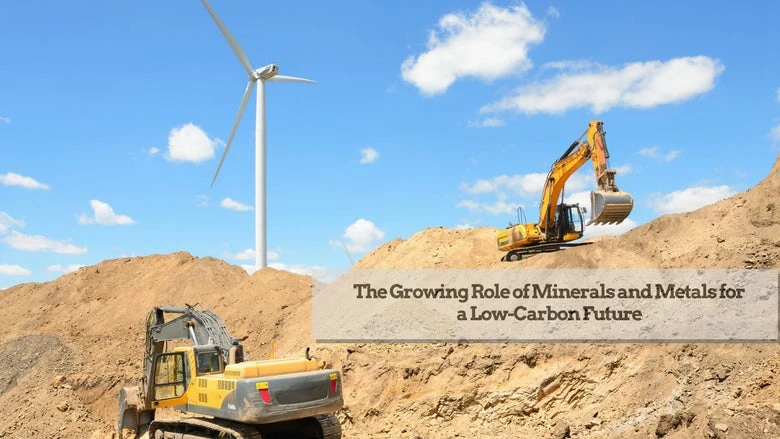
The world is forging ahead with its clean energy targets – that means more solar panels, wind turbines and batteries than ever before. But have we ever paused to wonder what materials it takes to build these components? A report released in July found that the rise of green energy technologies required for a low-carbon future is expected to lead to significant growth in demand for a wide range of minerals and metals , such as aluminum, copper, lead, lithium, manganese, nickel, silver, steel, and zinc and rare earth minerals, making it key to forge long-term strategies for sustainable mineral extraction and make appropriate investments.
August: Vietnam meets its energy demands in a sustainable way
As Vietnam’s cities grow and quality of life improves, higher demand for more electricity is making the country look to renewable energy. This video shows how a World Bank-supported project in the country is helping the private sector connect with commercial banks to develop small renewable plants and develop Vietnam’s green energy market.
September: Getting smart about electricity theft in Jamaica

Did you know that globally, billions of dollars are lost every year due to electricity theft, or when bills go unpaid? To combat this problem, the Energy Sector Management Assistance Program (ESMAP) helped implement a machine learning model in the country to help it tackle the problem. The project helped the utility combine machine learning and human intelligence to produce a digital prototype model where manual theft detection was replaced by time series visualizations, heat maps of usage, and detailed phase information for each account. The results are promising.
October: Action plan for women in the Democratic Republic of Congo’s mining sector
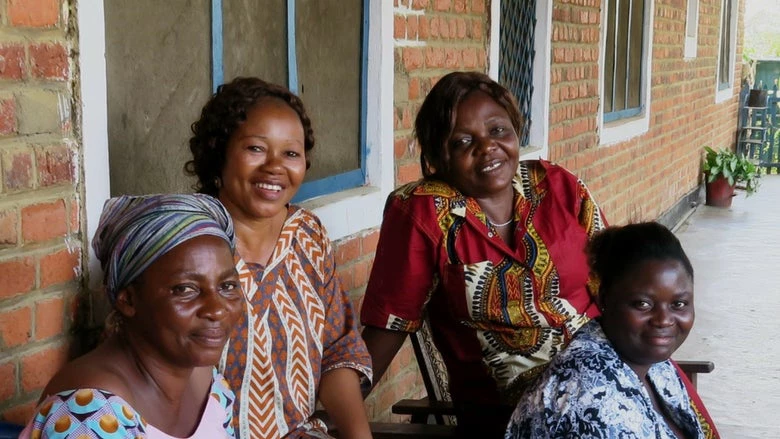
Despite performing some of the most grueling tasks like transporting large sacks of soil and manually grinding stones, women in the Democratic Republic of Congo get the lowest pay and tough working conditions. Marta Tshilumba and others like her are determined to change this, since they make up at least 40 percent of the work force in the small-scale and artisanal mining sector of this resource-rich country.
Bonus: How this solar technology is sparking jobs, technology and investments in Morocco.
November: Energy resilience takes on renewed urgency
It was a year of unprecedented natural disasters. As climate change leads to increasingly severe and frequent devastation around the world, shoring up the resilience of energy infrastructure has become an urgent priority , especially in small island developing states (SIDS) that often find themselves in the eye of the storm. Our story ran as the world gathered in Germany for COP23, where the World Bank’s focus was on ramping up action around mobilizing climate finance and supporting vulnerable countries to build resilience to climate impacts.
Another bonus: We also launched the Global Wind Atlas in November.
December: India transforms market for rooftop solar
India’s solar market is taking off. Endowed with more than 300 days of sunshine a year, India is making strides towards becoming a global solar superpower . With an ambitious target of generating 100 GW of solar energy by 2022, forty percent of which is to come from rooftop solar, tapping the rooftop market is critical for the country to meet its energy needs. And as our story shows, it is well on its way to meet that goal.
And yet another bonus: Transformational stories about a solar park that could power the metro rail system in New Delhi and energy efficiency work in India, and a geothermal development plan in Indonesia.
Do tell us what stories you liked and what you want to see more of this year. And f ollow WBG_Energy for the latest in energy.
This year we aim to bring you even more engaging stories about global progress on sustainable energy.
Thank you for all your support and interest in our work through 2017. Here’s a recap of the biggest milestones of the past 12 months.
January: Need solar data? There’s an app for that

On Jan. 17, 2017 the World Bank unveiled the Global Solar Atlas, a free, web-based tool to help investors and policymakers identify potential sites for solar power generation virtually anywhere in the world, at the click of a button . The Atlas has the capacity to zoom into areas in great detail and provides access to high resolution global and regional maps and geographic information system (GIS) data, which could help countries save millions of dollars on their own research and provide investors and solar developers with an easily accessible and uniform platform to compare resource potential between sites.
February: A one-of-a-kind global scorecard
A new World Bank report and global scorecard -- Regulatory Indicators for Sustainable Energy (RISE) -- found that an increasing number of developing countries are emerging as leaders in sustainable energy, with robust policies to support energy access, renewables and energy efficiency, but there is huge room for improvement across every region in the world. Nothing to this scale has been done before in this sector. RISE covers 111 countries, which account for over 90 percent of global population and energy consumption. RISE helps assess government support for sustainable energy investments, which are critical to achieve sustainable energy goals by 2030 .
March: Argentina’s clean energy ambitions

Argentina aims to have 20 percent of its energy originate from clean energy sources by 2025 . Developing more renewable energy sources is crucial for Argentina to diversify its energy mix and contribute to climate change mitigation. The World Bank is helping the country reach that objective, in part through a $480 million guarantee to promote private sector investment in the sector.
April: Progress check on global sustainable energy goals

We are only 12 years from the deadline to reach global sustainable energy goals. So how are we doing? The latest edition of the Global Tracking Framework found that in every area of sustainable energy, a number of countries are outperforming the world, despite slower than required progress overall to achieve global energy access, renewable energy and energy efficiency goals. But the pace of progress still falls short of what is needed to meet global objectives by 2030.
May: Energy stories from Bangladesh, Bolivia and Kenya
A remote island where the local market is powered by a solar mini-grid, remote mountain communities in Bolivia that are turning to the sun to light up their homes and a community of women who are taking to cleaner cooking at home and turning it into an entrepreneurial venture – in May, we brought you stories from these countries to showcase how clean energy is making a difference around the world.
June: Solar powers India’s clean energy revolution
With a sweeping commitment to solar power, innovative solutions and energy efficiency initiatives to supply its people with 24x7 electricity by 2030, India is emerging as a front runner in the global fight against climate change . In June, we wrote about how this is good news, because if the world expects to reach its Paris Climate Agreement objective of containing global warming to under a 2-degrees Celsius increase, it is imperative for India – the third largest emitter of carbon dioxide -- to be a global leader on renewable energy.
July: What are solar panels and wind turbines made of?

The world is forging ahead with its clean energy targets – that means more solar panels, wind turbines and batteries than ever before. But have we ever paused to wonder what materials it takes to build these components? A report released in July found that the rise of green energy technologies required for a low-carbon future is expected to lead to significant growth in demand for a wide range of minerals and metals , such as aluminum, copper, lead, lithium, manganese, nickel, silver, steel, and zinc and rare earth minerals, making it key to forge long-term strategies for sustainable mineral extraction and make appropriate investments.
August: Vietnam meets its energy demands in a sustainable way
As Vietnam’s cities grow and quality of life improves, higher demand for more electricity is making the country look to renewable energy. This video shows how a World Bank-supported project in the country is helping the private sector connect with commercial banks to develop small renewable plants and develop Vietnam’s green energy market.
September: Getting smart about electricity theft in Jamaica

Did you know that globally, billions of dollars are lost every year due to electricity theft, or when bills go unpaid? To combat this problem, the Energy Sector Management Assistance Program (ESMAP) helped implement a machine learning model in the country to help it tackle the problem. The project helped the utility combine machine learning and human intelligence to produce a digital prototype model where manual theft detection was replaced by time series visualizations, heat maps of usage, and detailed phase information for each account. The results are promising.
October: Action plan for women in the Democratic Republic of Congo’s mining sector

Despite performing some of the most grueling tasks like transporting large sacks of soil and manually grinding stones, women in the Democratic Republic of Congo get the lowest pay and tough working conditions. Marta Tshilumba and others like her are determined to change this, since they make up at least 40 percent of the work force in the small-scale and artisanal mining sector of this resource-rich country.
Bonus: How this solar technology is sparking jobs, technology and investments in Morocco.
November: Energy resilience takes on renewed urgency
It was a year of unprecedented natural disasters. As climate change leads to increasingly severe and frequent devastation around the world, shoring up the resilience of energy infrastructure has become an urgent priority , especially in small island developing states (SIDS) that often find themselves in the eye of the storm. Our story ran as the world gathered in Germany for COP23, where the World Bank’s focus was on ramping up action around mobilizing climate finance and supporting vulnerable countries to build resilience to climate impacts.
Another bonus: We also launched the Global Wind Atlas in November.
December: India transforms market for rooftop solar
India’s solar market is taking off. Endowed with more than 300 days of sunshine a year, India is making strides towards becoming a global solar superpower . With an ambitious target of generating 100 GW of solar energy by 2022, forty percent of which is to come from rooftop solar, tapping the rooftop market is critical for the country to meet its energy needs. And as our story shows, it is well on its way to meet that goal.
And yet another bonus: Transformational stories about a solar park that could power the metro rail system in New Delhi and energy efficiency work in India, and a geothermal development plan in Indonesia.
Do tell us what stories you liked and what you want to see more of this year. And f ollow WBG_Energy for the latest in energy.


Join the Conversation